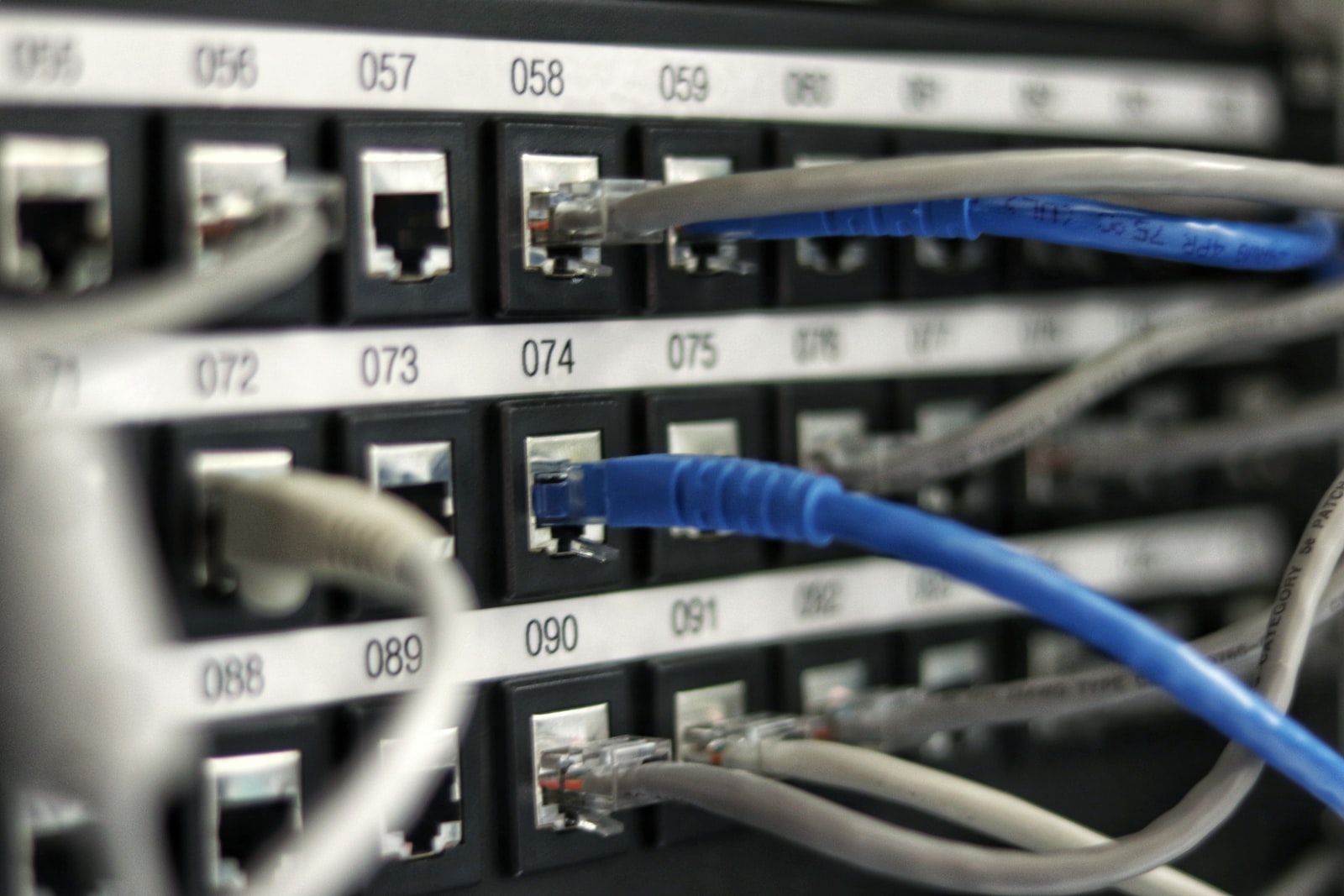Jodi runs a Stanford post-doc book club, and a few months ago the club’s book was “The Omnivore’s Dilemma” by Michael Pollan. That book catapaulted Pollan into the public eye, making him a spokesperson for the food movement in this country. It’s not a wheatgrass and hemp-humping diatribe. It’s an honest appraisal of the U.S. food industry, compared and contrasted with smaller (but growing) food movements in the U.S., such as organic farming.
Jodi read this as we traveled for Christmas break, and she kept telling me things about Pollan’s book. What struck me, as she related his descriptions of the U.S. meat industry, were the parallels to another book I had been reading last fall: “Fruitless Fall: The Collapse of the Honey Bee and the Coming Agricultural Crisis”, by Rowan Jacobsen. Jacobsen’s account of the collapse of the honeybee population is a complex story of many actors: disease, diet, antibiotics, genetics, pesticides, and farming practices. Together, these players are the passengers on the Orient Express; no one of them is responsible for the collapse of the honey beee population, but taken all together they each stabbed the bee and are all responsible for the honeybee crisis.
The honey bee and the cow have a lot in common. Pollan’s description of cattle handling, diet, genetics, and handling by the U.S. meat production industry converge in a picture of a food sector on the verge of collapse. Cows are fed a diet rich in corn, a food produced in huge abundance by the U.S. farming industry due to the subsidization of farming practices by Nixon. Corn, a glut crop in the U.S., is NOT part of the cow’s natural diet. Cows require a variety of grasses in order to have their digestion function correctly, and to sustain the function of their immune system. But corn is cheap and abundant, so cattle are gorged on the stuff. Their immune systems compromised, they fall prey to bacterial infections. Thus, cows are loaded up with antibiotics. Genetic manipulation through breeding has led to cattle with the kind of fat marbling attractive to consumers, but depleted in the kind of genetic abundance needed to resist disease.
The result is a cow that barely makes it to the slaughterhouse. Compromised and near collapse, we feast on industrially produced meat that represents a system on the verge.
“The Omnivore’s Dilemma” is meant to rattle your cage. “In Defense of Food” is Pollan’s follow-up, suggesting personal solutions that help avoid a diet focused only on processed and industrial food. Pollan encourages the reader to instead embrace a diverse diet.
Jodi and I, ahead of any such recommendations, decided that we could make a very easy change in our lives. We looked at our diet each week and decided to cut our meat intake – industrial, organic, or otherwise – to just one meal including meat, three times a week. This is not “3 servings” – this is three meals maximum per week involving any kind of meat. Fish and poultry are included in this.
At first, I found this hard. Walking into the SLAC cafeteria on certain days can lead to the realization that none of the entrees are required to be vegetarian. They can be made so – for instance, Wednesday is “burrito day” (I love burrito day), so to survive I ask for extra beans and rice, or tofu if they have it.
But this system doesn’t allow for accidents or sins. This week, for instance, I forgot we were having a meat dish with friends on Saturday (tonight). I ate a panini with chicken in it. Jodi had only eaten one meat meal, whereas I had worked up to three when I had the panini. So we turned our system into a cap-and-trade system. Jodi gave up a meat-meal to me, so I get four and she only gets two. Then we keep it to six per week, total. This worked for us very well.
It’s not about being a hippie, or loving the earth. It’s about loving humanity, respecting myself. It’s hard to stand by while my species rapes the genetic variation of its food supply. I understand evolution well enough to understand the diversity is the key to repelling attack in a system. A single virus or bacteria, exploiting a trait forced to be common among every one of a species, can wipe it out. Our industrial cattle have been robbed of their diversity and forced into a diet that suppresses their immune response. This serves as a warning. It will take only one targeted natural or man-made effort to cripple our meat supply. I won’t partake in that.
So here we are, cutting meat intake and taking advantage of the rich variety of industrial and organic vegetables and fruits available at the store, at the farmer’s market, and from our food share. We love our meat – we look forward to it more than ever now. It’s restored some love to eating. And after all, isn’t that what an omnivore deserves?



